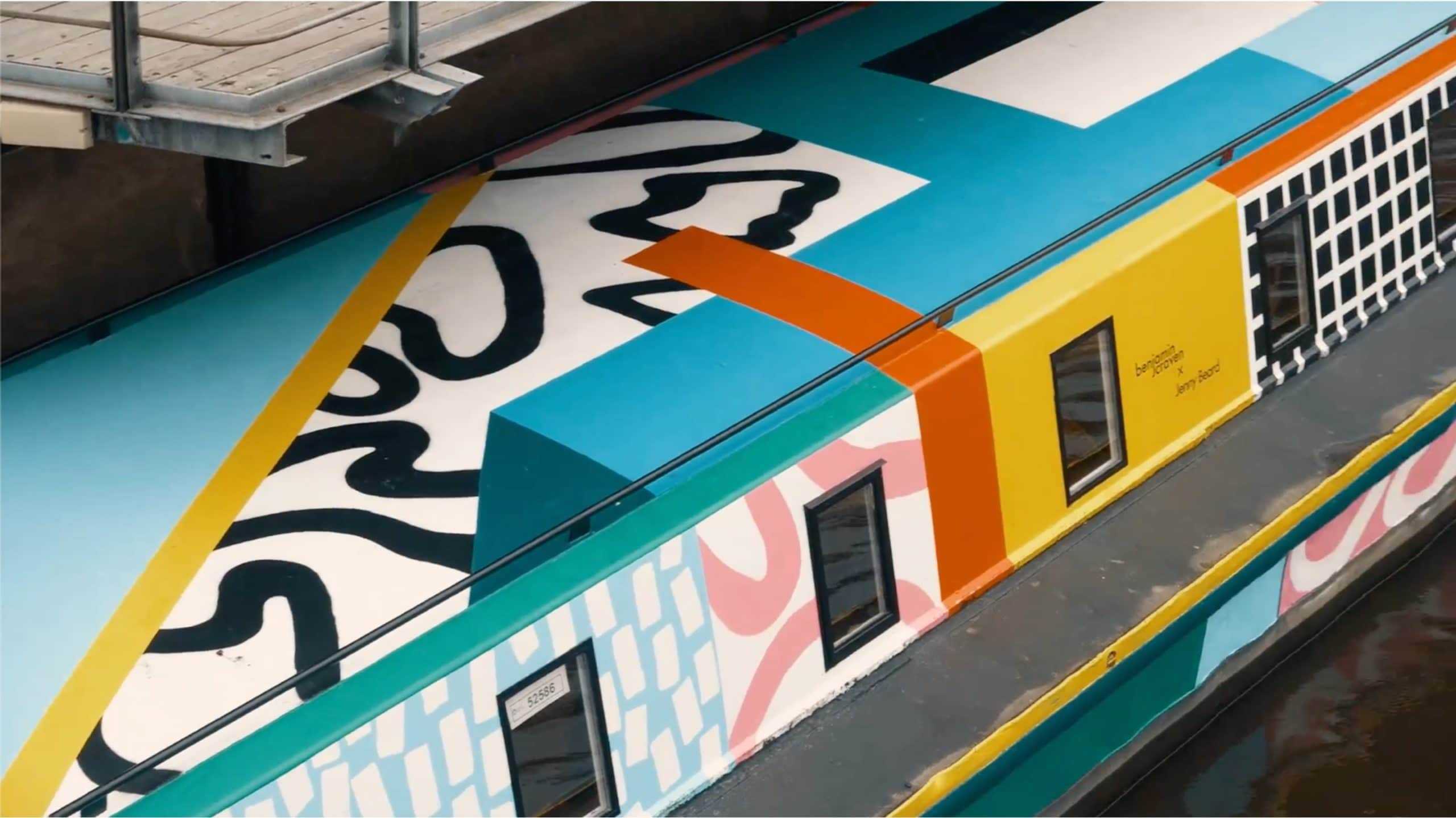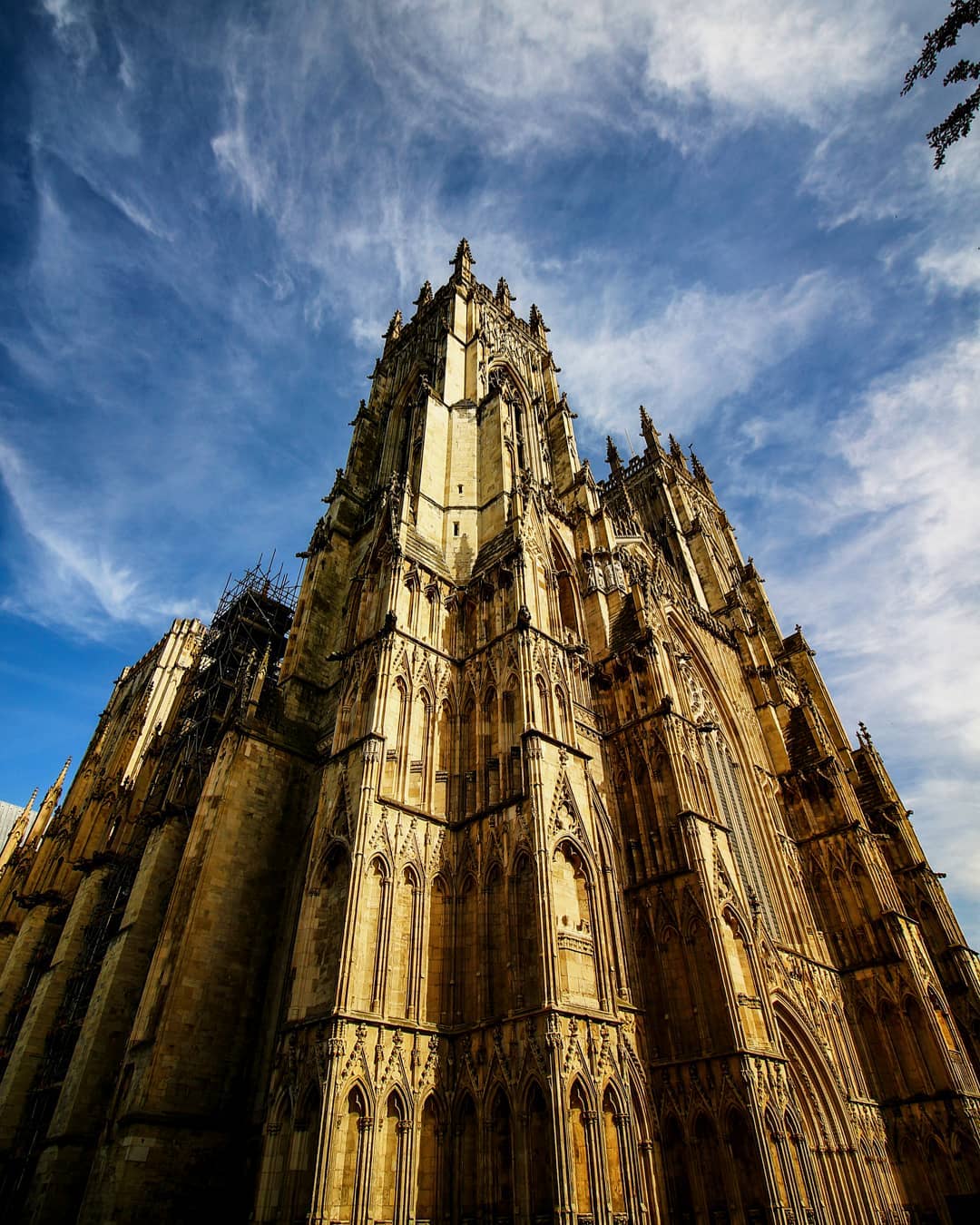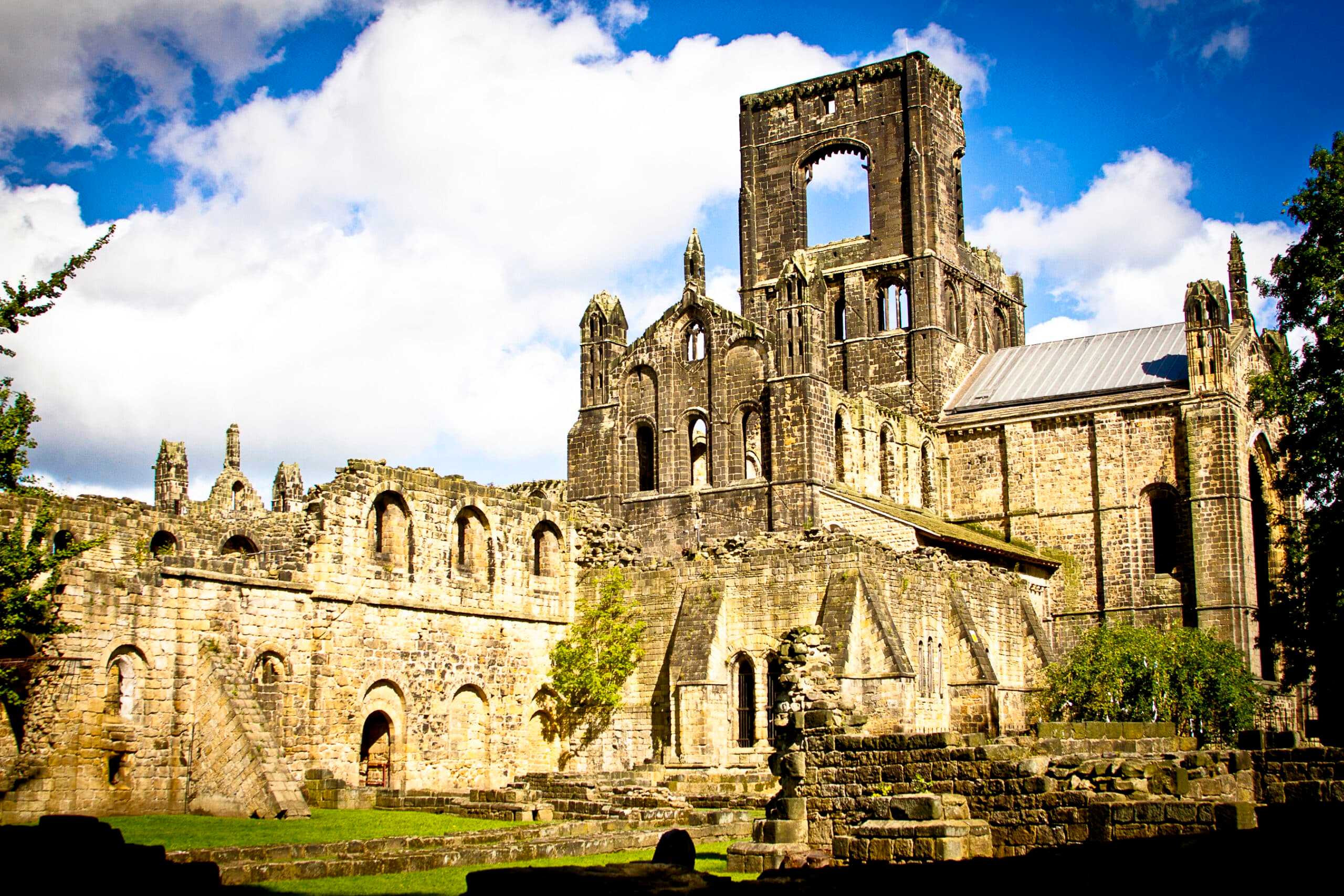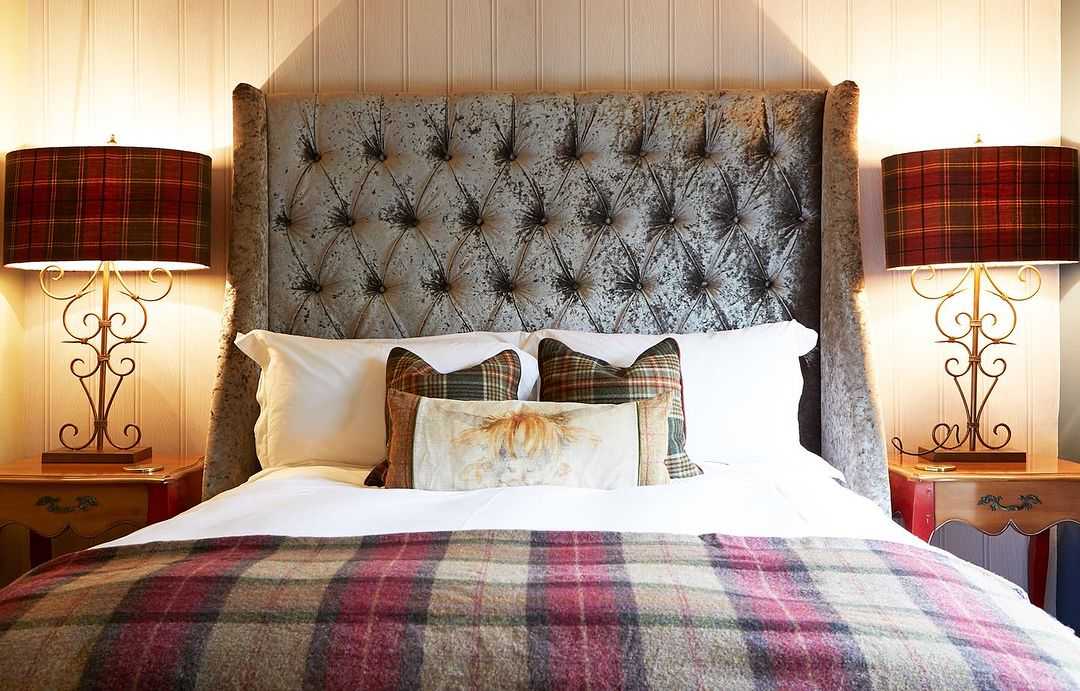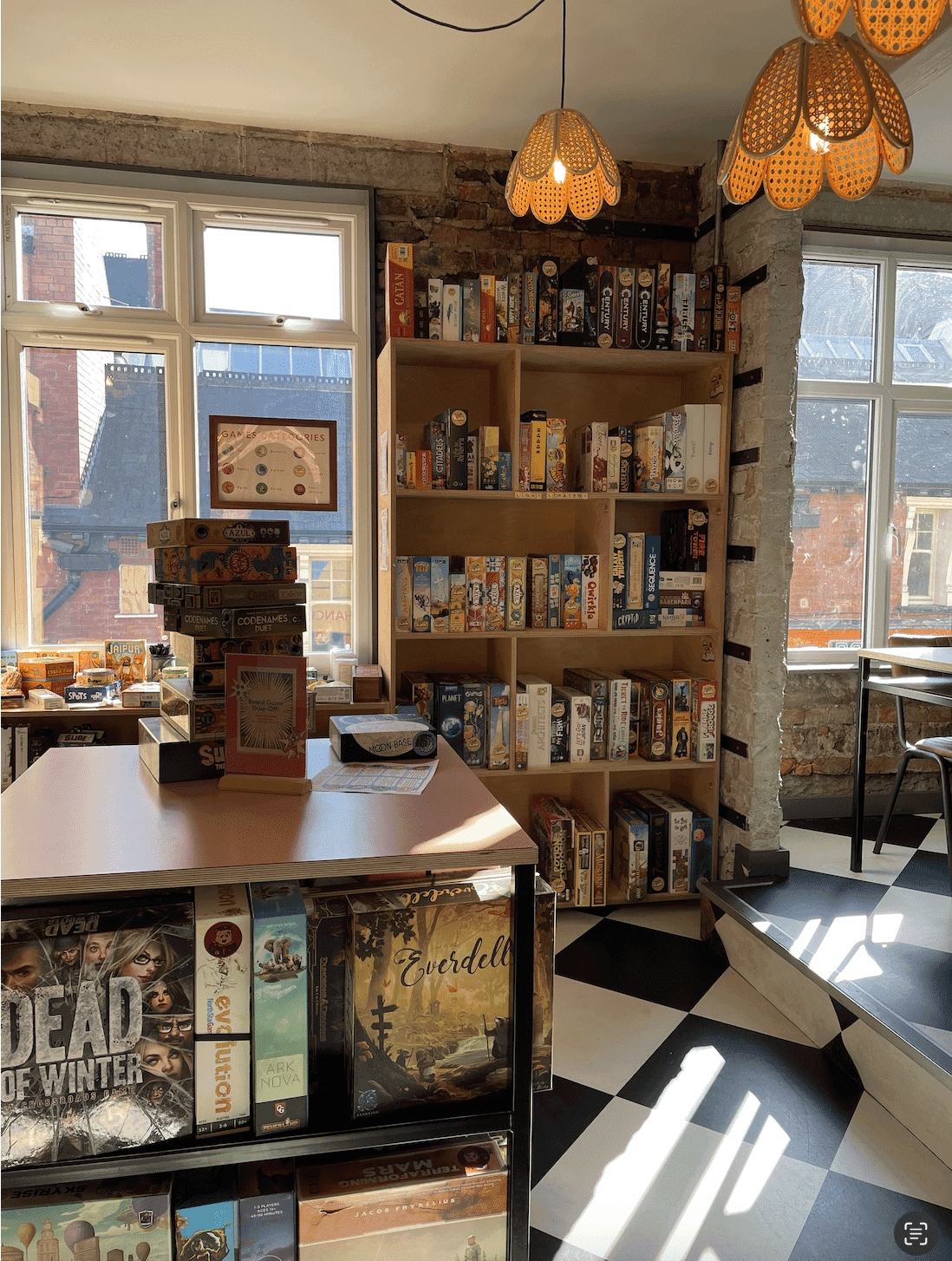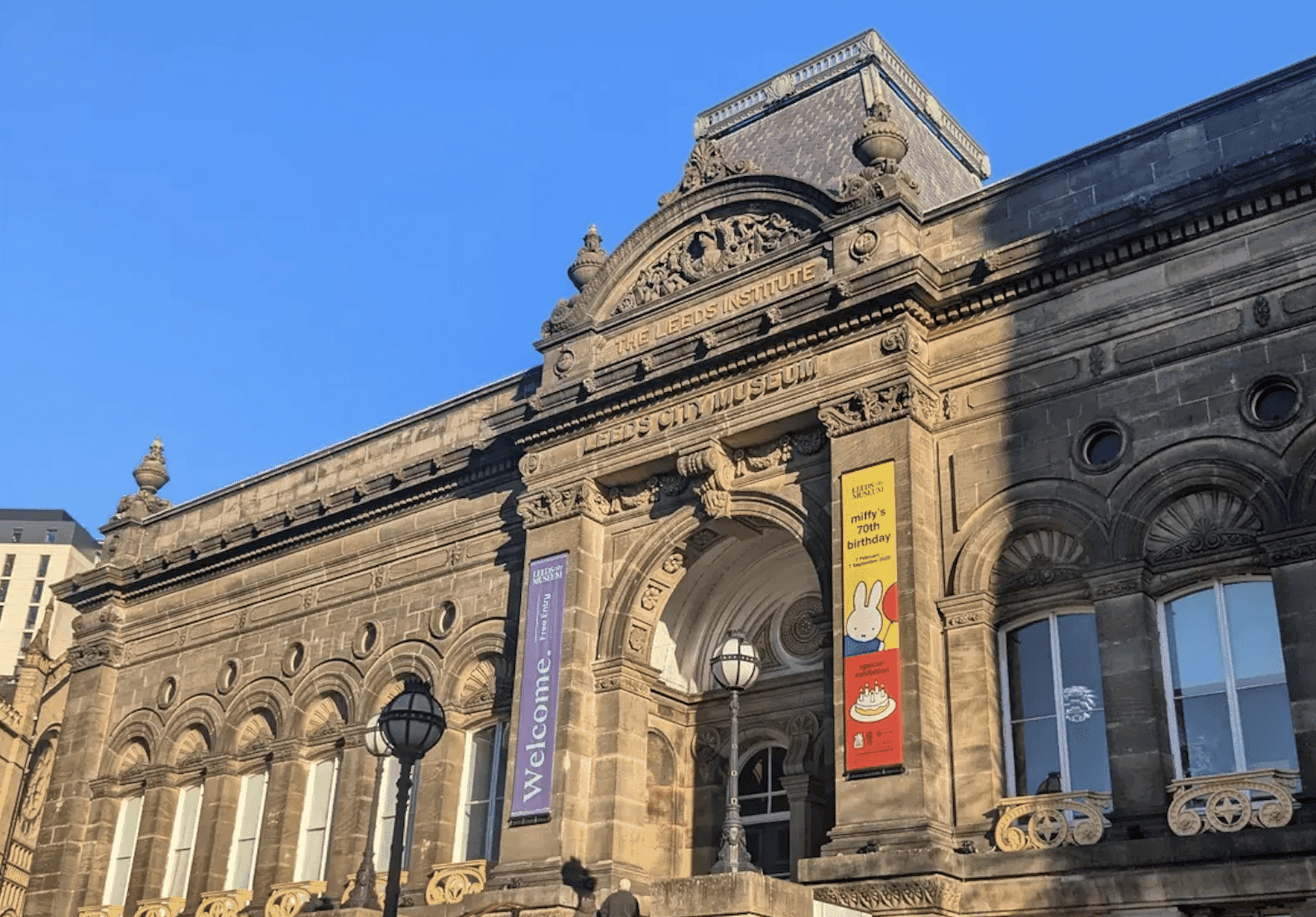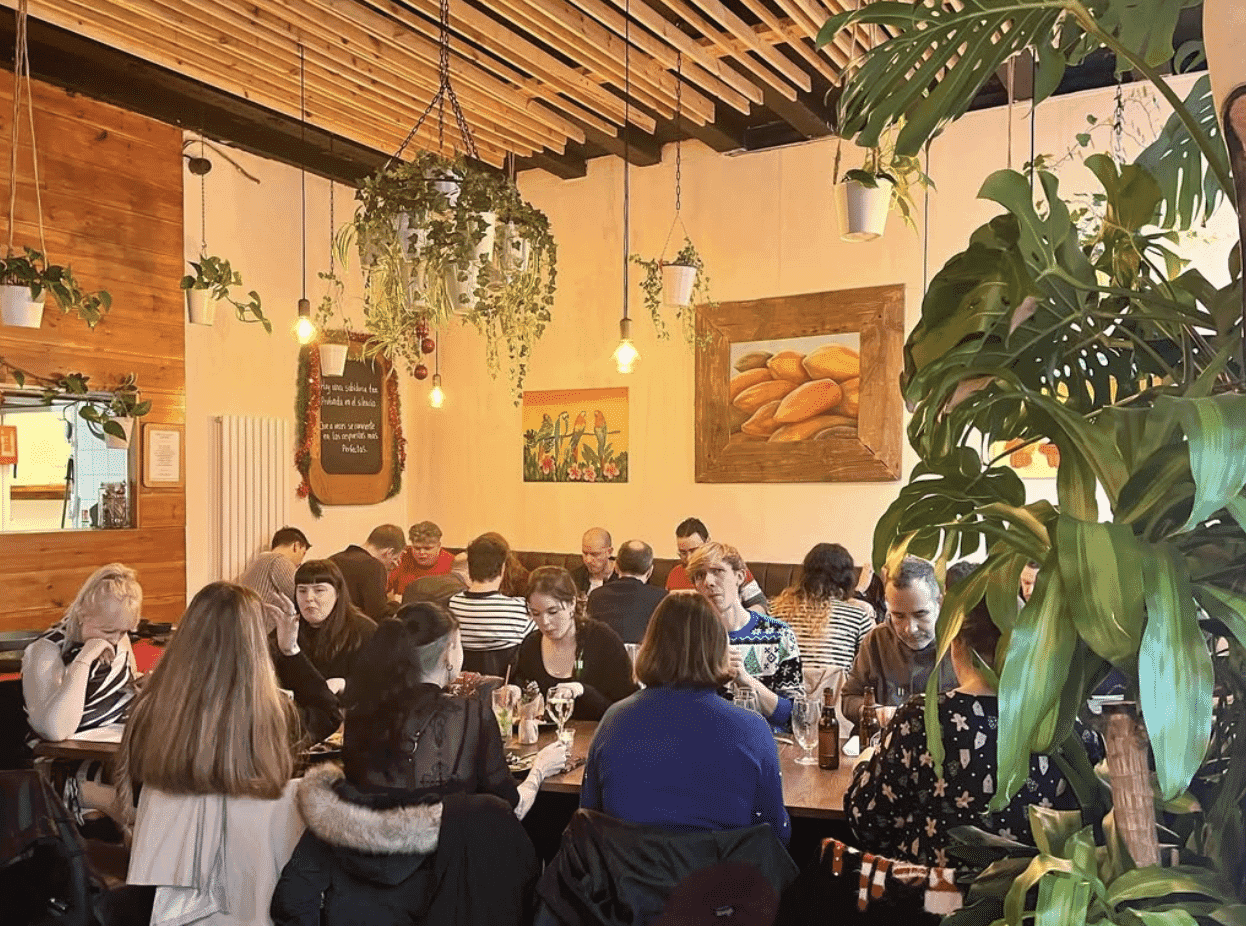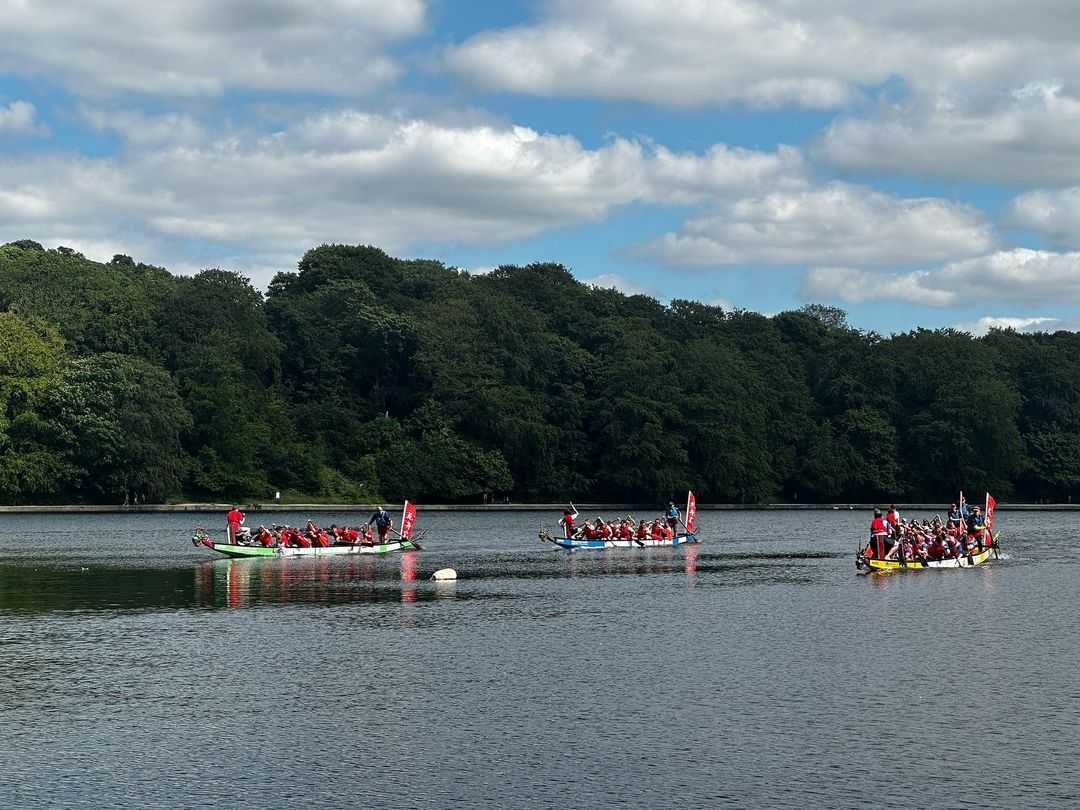Leeds is full of cultural and historical spots, some of which you may or may not be aware of! We’re here to fix that. We’ve found 10 local attractions full of Leeds’ finest cultural places for you to soak up all of that history, and learn more about the city we all know and love!
Royal Armouries
Royal Armouries is the UK’s National Museum of Arms and Armour, and we have one of our very own in Leeds! Open Tuesday to Sunday, Royal Armouries is free to visit, has over five floors of galleries, over 4,500 objects on display and also provides a Live Interpretation Team to demonstrate live combat, showing you how they were used. Some of Royal Armouries’ coolest features are that they hold the largest animal armour in the world (made out of an elephant), Henry VII’s foot combat armour made in 1520, one of the most iconic sci-fi weapons of all time (the ‘pulse rifle’ from legendary film Aliens (1986) and so many more! They recommend pre-booking tickets and the museum is usually quieter after 2pm.
Leeds Grand Theatre
Built in 1878 and decorated completely with the finest victorian velvet, Leeds Grand Theatre has welcomed the best actors and entertainers to it’s notoriously steep stage since 1878. This theatre is a magnificent home to all types of performances, and supposedly several ghosts! Resident companies Northern Ballet and Opera North perform at this elegant location. From April 4th until the 15th, you can book Mamma Mia under the light of a Waterford Crystal chandelier, holding 6389 crystals.
Kirkstall Abbey
Kirkstall Abbey is a collapsed Cistercian abbey situated in Kirkstall, north-west of Leeds. This ruin stands tall in a public park on the north bank of the River Aire, and was founded in 1152. It was abolished at Henry VIII’s Dissolution of the Monasteries and is a perfect photo opportunity and a walk, especially when it’s sunny. Kirkstall Abbey is free to visit and there is a shop at the site also, though, go when it is open to avoid not being able to enter the areas surrounded by sense! With a free car park across the road and the park being a dog friendly place, these ruins are a perfect place to go for a tranquil day out.
Leeds Art Gallery
Also completely free on entry, Leeds Art Gallery is always well worth a visit. With excellent exhibitions of both old and new (along with a tiled cafe) Leeds Art Gallery contains an eclectic mix of periods’ artwork, amazing installations and romantic, landscape, religious or contemporary art. There’s something for everyone! The building was founded in 1888 and built inspired by the designs of William Thorpe, making the exterior an art form in itself! There is also a Henry Moore sculpture featuring outside of the museum, stop by if you’re an art lover.
The Leeds Library
This library has an amazing historical fact: it is the oldest surviving subscription library of its type in the UK, and was founded in 1768. The first floor of The Leeds Library includes the Art Library, the Music and Performing Arts library, Studio 12, and the exhibition space. The library holds a specialist book stock of over 10,000 items, having a wide range of sheet music covering most genres and instruments. On the second floor of the library, you can find over 250,000 books, newspapers and journals centred around history, literature, historical biography, law and more!
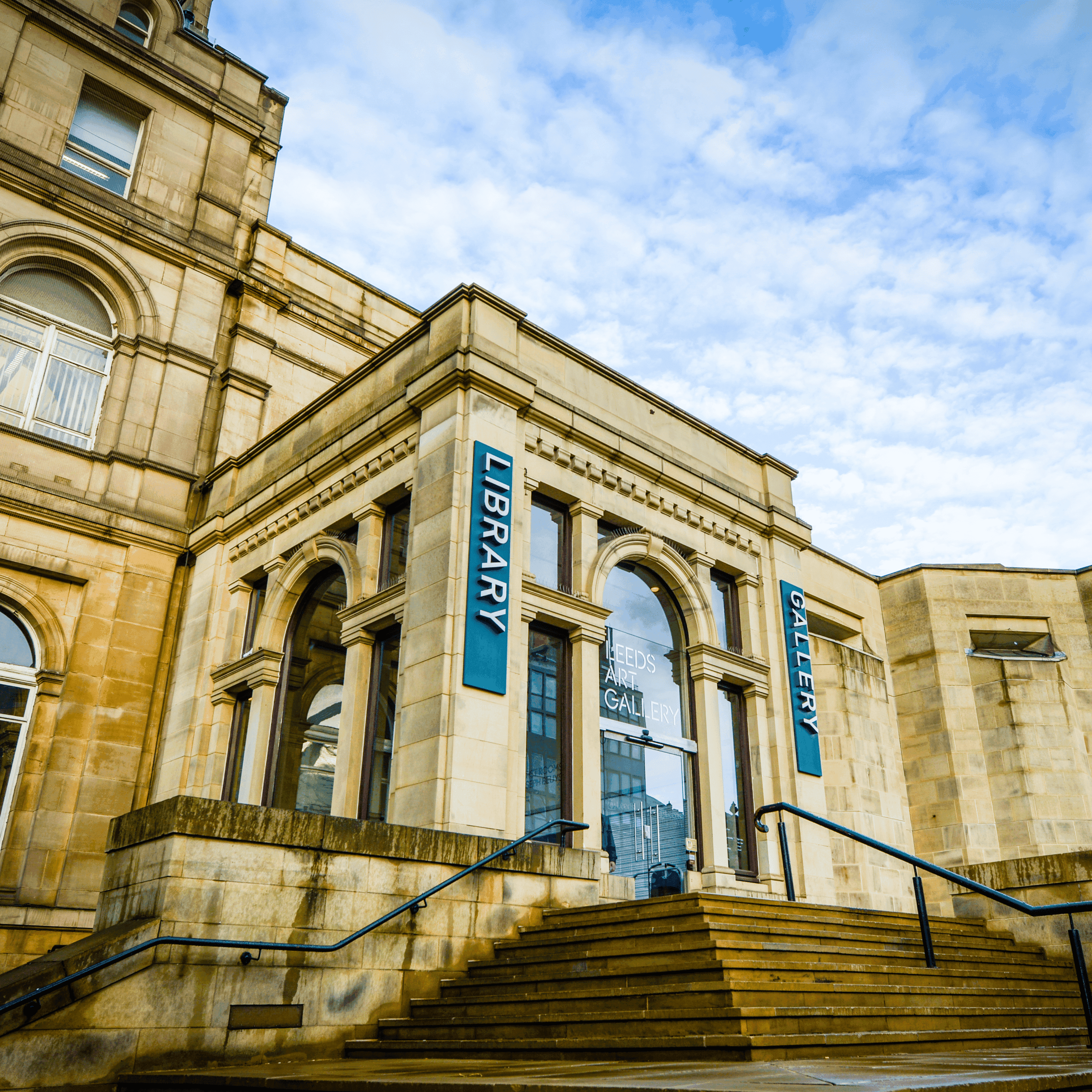
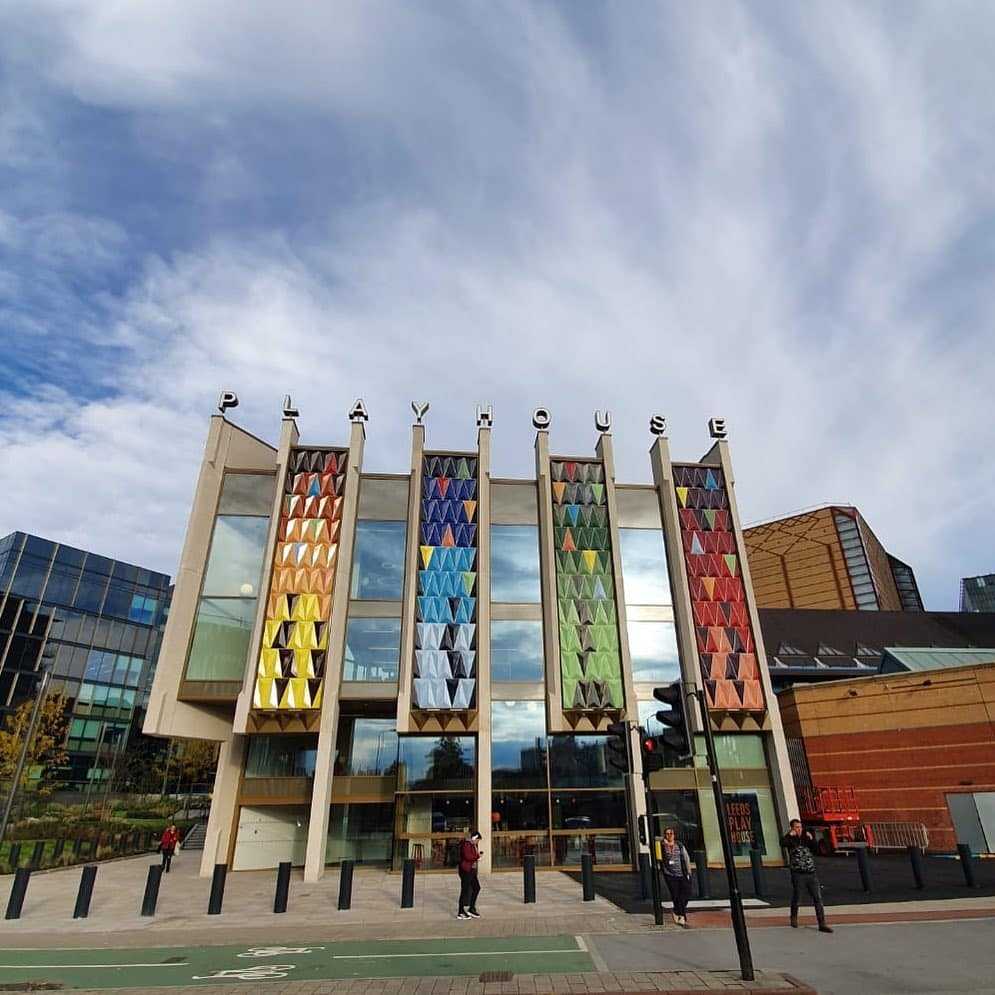
Armley Mills
If you are into textile history, historic machinery or trains, Armley Mills is the perfect spot for you. With a small but well worth charge on entry and free parking, you can visit indoor and outdoor exhibits to extend your historical and cultural knowledge. The experience is interactive in the fact that you can dress up to get into the mood of that era with their old clothing. There is machinery from the mill’s working life, clocks, cinematography, jennies, looms, steam engines, diesel locomotives and traction engines. The list goes on!
Thackray Museum
The building itself used to be an old workhouse, which is an aura given off whilst walking around, you can tell it used to be extremely grand once upon a time. The entry fee for Thackray Museum is £12 and is a great family day out to keep children entertained for hours. A particular attraction is Disease Street- a really informative area where visitors can act as different characters and see how their health was affected by various factors. There is also a tea making room which teaches visitors about the old apothecary and what the benefits of herbs are. Downstairs, you will find a workshop about microscopes too! There is something for all ages and you are sure to learn some interesting historical facts.
The Tetley
The Tetley is a contemporary art gallery in Leeds’ South Bank, which used to be the headquarters of Tetley Brewery, making it a historical landmark for Leeds! This space is now used to create a platform for up and coming artists, free exhibitions and to help communities and young people in Leeds be able to find their voice. Only a 10 minute walk away from Leeds Train Station and Leeds Bus Station, this historical building is extremely accessible via public transport. The Tetley is free entry, so you could go to see Samra Mayanja: The Living and the Stale up until the 4th June. Or even attend a workshop!
Leeds Playhouse
In September 1969, the foundation of a Playhouse was laid on the edge of the university campus in Leeds, for Leeds Playhouse to open in September 1970. The Playhouse of today was born out of the original Leeds Playhouse built on Quarry Hill- site of the most notorious slums in 19th Century Western Europe. The current theatre opened its doors in March 1990 and was Britains largest new purpose theatre for 15 years! This theatre is rich in history and culture, making it the perfect place to visit or book a show for a day out!
Henry Moore Institute
The Henry Moore Institute houses a number of contemporary style sculptures and rooms for temporary exhibitions. There is usually a plethora of interactive things for children to use whilst looking at sculptures. There are three rooms/galleries with really different installations in each room, for free! If you are interested in the culture of Henry Moore and some of the most internationally celebrated sculptures of the period (1898-1986) then this is the place for you.
Images: Kirkstall Abbey, Leeds Art Gallery, Leeds Playhouse
